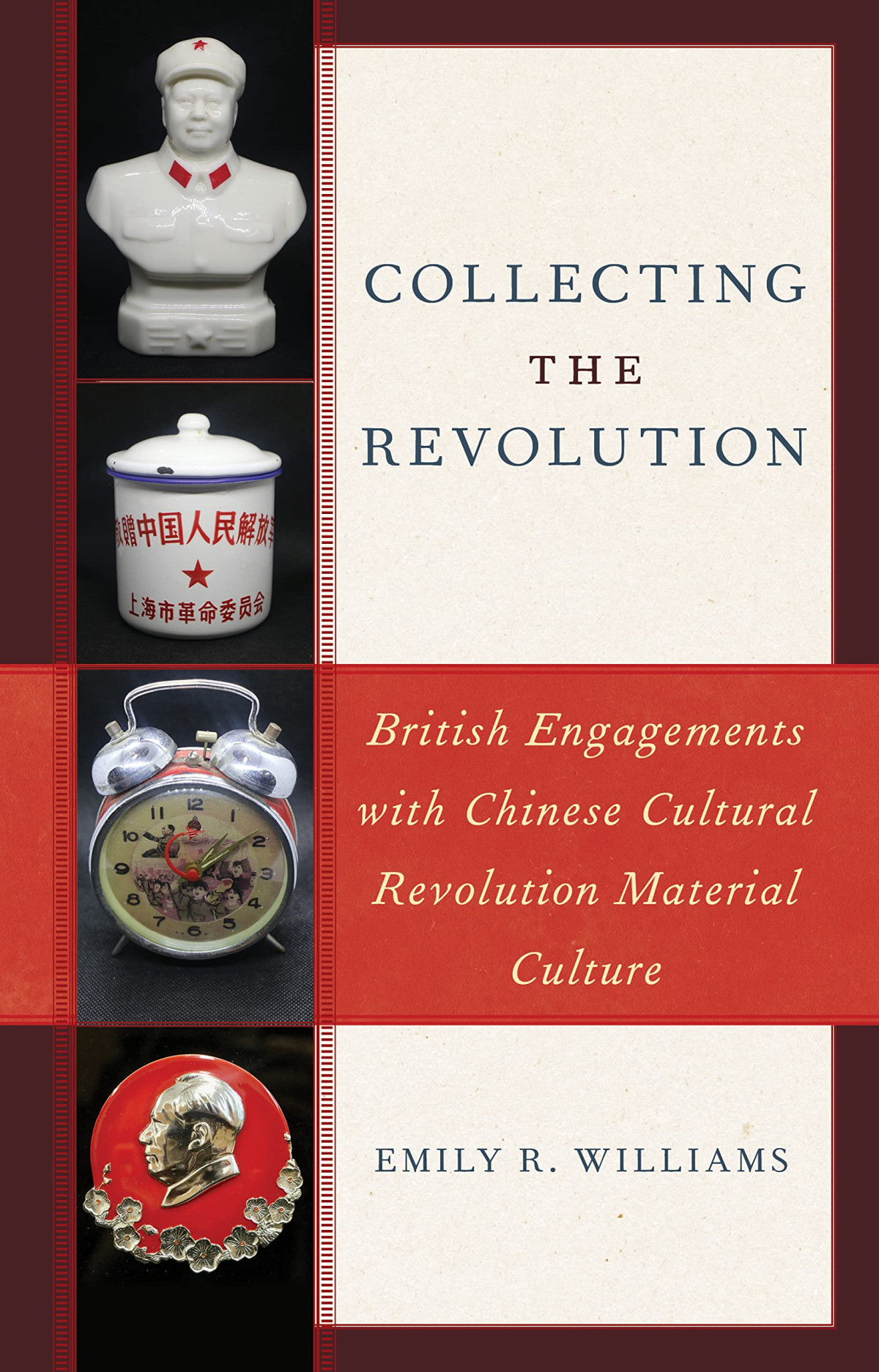

Most ebook files are in PDF format, so you can easily read them using various software such as Foxit Reader or directly on the Google Chrome browser.
Some ebook files are released by publishers in other formats such as .awz, .mobi, .epub, .fb2, etc. You may need to install specific software to read these formats on mobile/PC, such as Calibre.
Please read the tutorial at this link: https://ebookbell.com/faq
We offer FREE conversion to the popular formats you request; however, this may take some time. Therefore, right after payment, please email us, and we will try to provide the service as quickly as possible.
For some exceptional file formats or broken links (if any), please refrain from opening any disputes. Instead, email us first, and we will try to assist within a maximum of 6 hours.
EbookBell Team

4.1
10 reviewsIn the late 1960s, student protests broke out throughout much of the world, and while Britain’s anti-Vietnam protestors and China’s Red Guards were clearly radically different, these movements at times shared inspirations, aspirations, and aesthetics. Within Western popular media, Mao’s China was portrayed as a danger to world peace, but at the same time, for some on the counter-cultural left, the Cultural Revolution (1966–1976) contained ideas worthy of exploration. Moreover, because of Britain’s continued colonial possession of Hong Kong, Britain had a specific interest in ongoing events in China, and information was highly sought after. Thus, the objects that China exported—propaganda posters, paintings, Mao badges, periodicals, ceramics, etc.—became a crucial avenue through which China was known at this time, and interest in them crossed the political divide.
Collecting the Revolution uses the objects that the Chinese government sent abroad and that visitors brought back with them to open up the stories of diplomats, journalists, activists, students, and others and how they imagined, engaged with, and later remembered Mao’s China through its objects. It chronicles the story of how these objects were later incorporated into the collections of some of Britain’s most prominent museums, thus allowing later generations to continue to engage with one of the most controversial and important periods of China’s recent history.